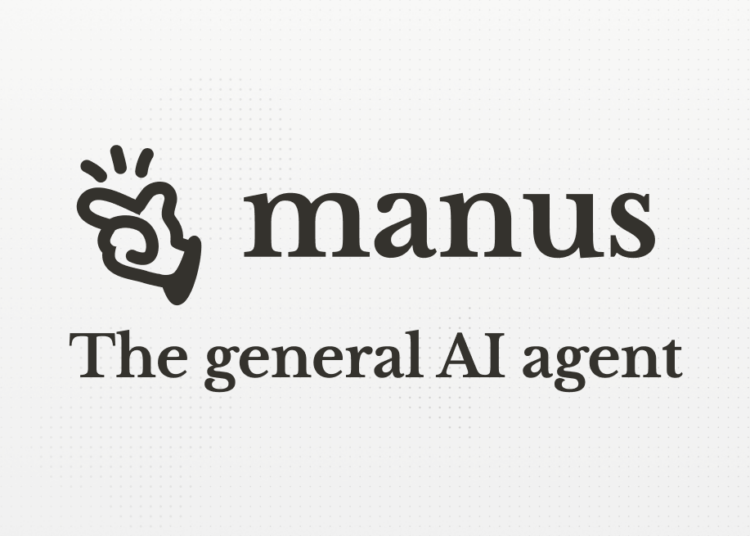Chinese AI startups are on a tear, and they continue to show they have new tricks up their sleeves. After the shockwave caused by DeepSeek-R1, the large reasoning model (LRM) that became a household name because of its open-weight release and innovative architecture, we now have Manus, an AI agent that can automate tasks that would usually require hours of work.
Manus, which was released on March 6, comes at a time when AI agents with computer use are becoming the next frontier of competition between AI labs. Some have described it as the next DeepSeek moment, but the hype around it might not be fully warranted.
What is Manus?
Manus is an example of the emergent wave of application layer innovations on top of large language models (LLMs). While Manus has not released the details about the system’s architecture, it is a clever orchestration of LLMs, LRMs, and tools.
Manus uses language and reasoning models to parse the user’s request, plan the steps to accomplish the task, and determine the tools needed to solve the problem. The AI agent has access to a browser, search engine, file editor, and a terminal. It can analyze files, write and run code, and browse the web to scrape information from websites. Manus is the equivalent of OpenAI Deep Research and Grok 3 DeepSearch.
(For more details on tool use, see OctoTools as an example of a recent open-source framework that coordinates different LLM agents and tools.)
Manus can do a bunch of very useful tasks. For example, you can provide it with a product concept and have it do market research for you. Or you can provide it with your sales data and have it analyze the files and give you a full report with charts and graphs. Manus knows how to break down tasks, use search engines for data on the web, and write code to get results.
According to the developers, Manus moves the needle on GAIA, a benchmark for generalist AI agents, designed to evaluate the capabilities of AI systems in performing practical, real-world tasks that require reasoning, problem-solving, and interaction with external tools or data sources.
There are plenty of interesting case studies on the Manus website. And if those might be cherry-picked examples, users who have had early access to the tool have shared some very interesting examples.
Manus is currently only accessible through an invite-only sign-up on the company’s website. The company plans to open source some of the underlying models in the future.
Is this another DeepSeek moment?
Since Manus was released, many have compared it to the DeepSeek moment, when a small Chinese lab delivered a model that matched the performance of well-funded U.S. AI companies without having their resources. DeepSeek proved that you can make up for the lack of access to super-huge GPU clusters with brilliant engineering and algorithm design.
However, it isn’t clear if Manus has the same implications. This isn’t necessarily a state-of-the-art model (though we’ll have to see about that in the future). But it is a very well-designed combination of LLMs, prompt engineering, and orchestration of tools. And it has done so in a way that has impressed researchers and practitioners.
However, every demo needs to pass the test of time. Similar projects date back to the early days after the release of ChatGPT. BabyAGI and Auto-GPT were two projects that showed a lot of promise in their early days but failed to be consistently reliable to reach mass adoption.
Today, base LLMs and LRMs have reached a point where it has become much more feasible to build stable agentic applications on top of them. It remains to be seen how well Manus lives up to its promises once it moves past impressive demos.



